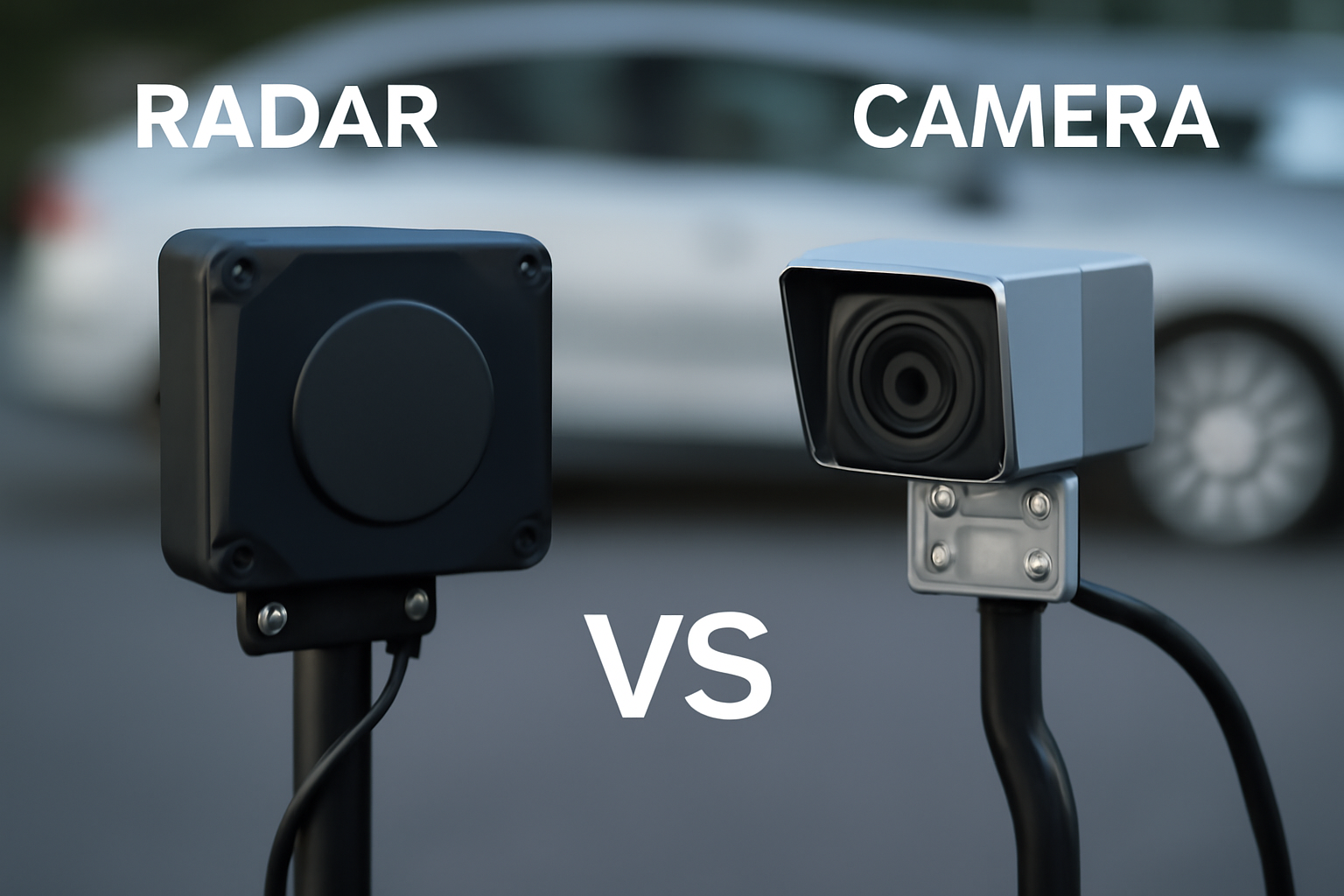
Why Radar Outperforms Cameras for Vehicle & Industrial Tracking
When Cameras Fall Short, Radar Keeps Seeing
Cameras are widely used for vehicle tracking and machine vision—but they often fail under real-world conditions:
-
Low-light or glare conditionsat night or sunrise
-
Obstructed views, fog, smoke, or dusty environments
-
Privacy concernsin people-detection applications
-
Maintenance burden, frequent cleaning, sensitivity to alignment
In contrast, Linpowave’s millimeter-waveradar trackingis unaffected by lighting, dust, or weather; doesn’t require visual data; and delivers real-time position, speed, and angle information with high accuracy — even in cluttered scenes.
Radar vs Camera: Performance Comparison
| Feature | Camera Tracking | Linpowave Radar Tracking |
|---|---|---|
| Visibility Conditions | Requires good light and visibility | Operates in dust, fog, low light, smoke |
| Privacy Safety | Captures visual data | Non-visual point‑cloud, preserves privacy |
| Multi-object tracking | Limited by occlusion and angle | Simultaneous tracking of multiple targets |
| Weather Resistance | Poor in rain or glare | All-weather operation with IP-rated hardware |
| Measurement Output | Visual/inferential | Direct speed, distance, angle measurements |
| Maintenance Overhead | Requires lens cleaning/calibration | Minimal, no optical surface |
Cameras rely on image processing and can easily be fooled by shadows, glare, or obstructions. Linpowave radar, instead, captures consistent reflections—making it robust in unpredictable industrial and traffic environments.
Smart Traffic: Radar Tracking Powers Adaptive Traffic Control
In smart intersection deployments, Linpowave Traffic Series leverages its radars to detect vehicle presence, queue lengths, and arrival times. Camera-based systems often struggle at dusk or during heavy rain, whereas radar delivers reliable real-time tracking to optimize traffic light timing, reduce delay, and improve road throughput.
Vehicle Automation: Why ADAS Radar Is Essential
ADAS and autonomous systems rely on fast, accurate sensing in all conditions. While cameras provide rich visual data, they degrade significantly in low-light or snowy conditions. Linpowave automotive radar supports:
-
Forward Collision Warning (FCW)
-
Adaptive Cruise Control (ACC)
-
Blind Spot Detection & Lane Change Assistance
All with precise range, speed, and angle tracking independent of lighting and visibility.
Industrial Automation: Radar Provides Fail-Safe Machine Monitoring
Manufacturing environments are often filled with dust, steam, and dynamic lighting—factors that degrade camera performance. Linpowave radar tracks:
-
Conveyor motion and object displacement
-
Presence in safety zones
-
Tank level detection through non-metallic walls
All while maintaining privacy and reducing sensor maintenance.
Addressing Pain Points with Radar
-
Pain Point: Interference and misdetection in fog or glare
Solution: Radar remains accurate regardless of visibility conditions -
Pain Point: High maintenance for camera lenses or alignment
Solution: Radar requires minimal upkeep, no cleaning or recalibration -
Pain Point: Privacy concerns using visual cameras in sensitive areas
Solution: Radar uses non-image signals, safeguarding privacy while tracking presence -
Pain Point: Occlusion or blind spots among multiple targets
Solution: Radar’s multi-target tracking sees through minor obstructions, tracking dozens simultaneously
Implementing Radar Tracking in Your System
-
Identify failure pointswhere camera performance hurts tracking accuracy (e.g., low light, dusty zones).
-
Deploy Linpowave radar modulesthat monitor object motion, speed, distance—providing structured point-cloud data.
-
Integrate with control systems(PLC, SCADA, traffic controllers, ADAS ECUs) using standard interfaces (CAN, UART).
-
Fuse radar data with optional camera inputonly when needed, enhancing decisions but without primary reliance on optical data.
Why Radar Tracking Should Be Your Next Upgrade
Whether you're optimizing urban traffic signals, building safer vehicles, or automating factories, Linpowave radar deliversreliable, consistent tracking where cameras fail. It offers precision, resilience, and privacy in one compact, industrial-ready module.
Upgrade your detection infrastructure—from roadside to factory floor—with Linpowave’s radar solutions. Learn more on ourSolutions pageor elevate your system design by contacting us via ourContact Uspage.


